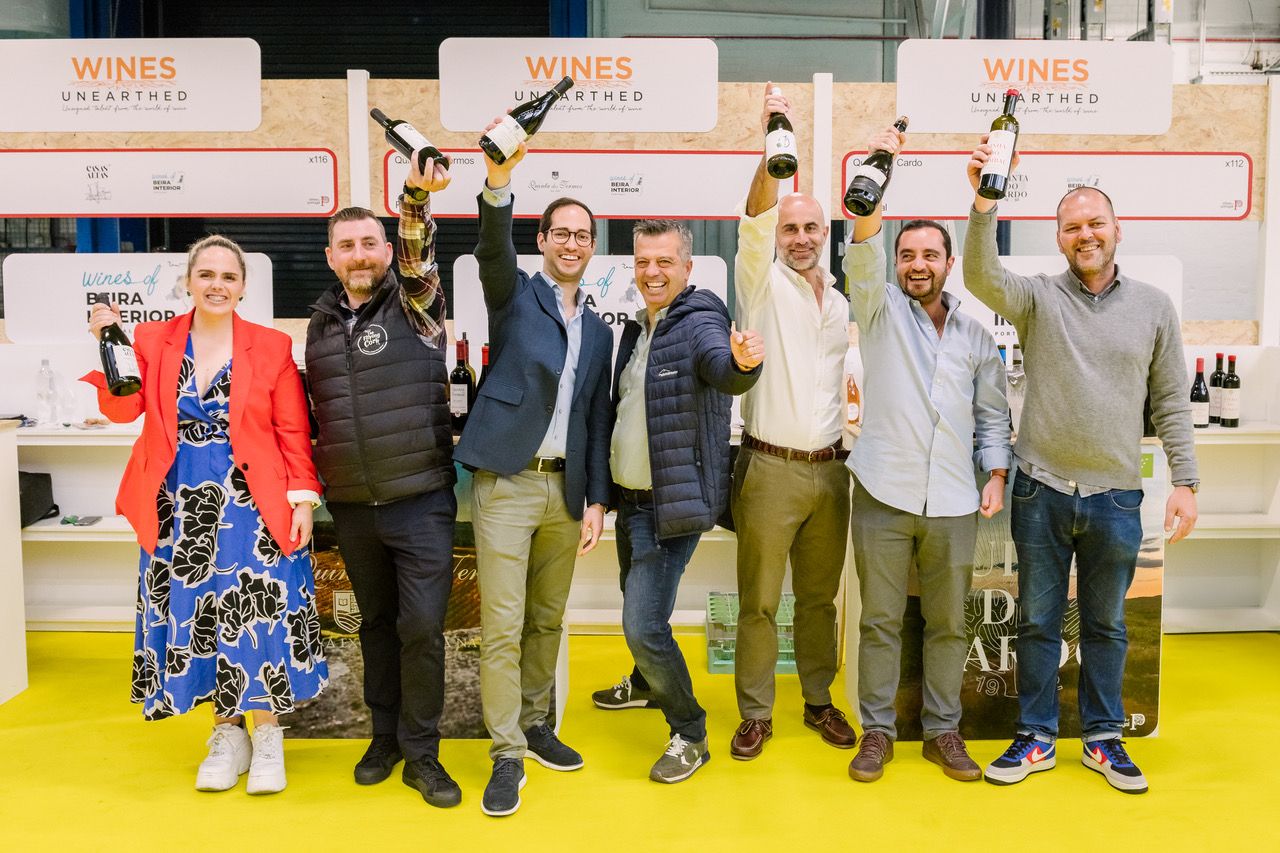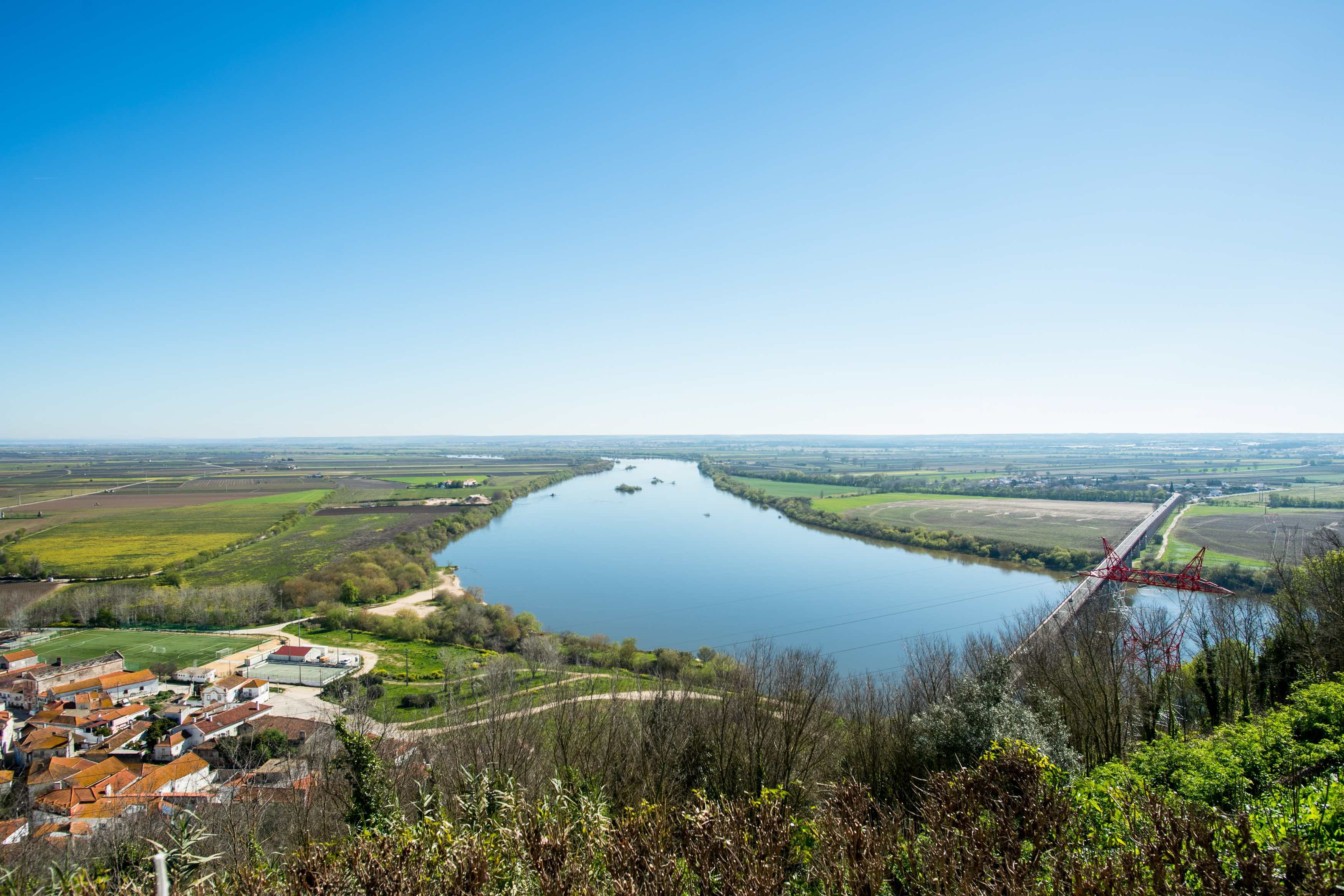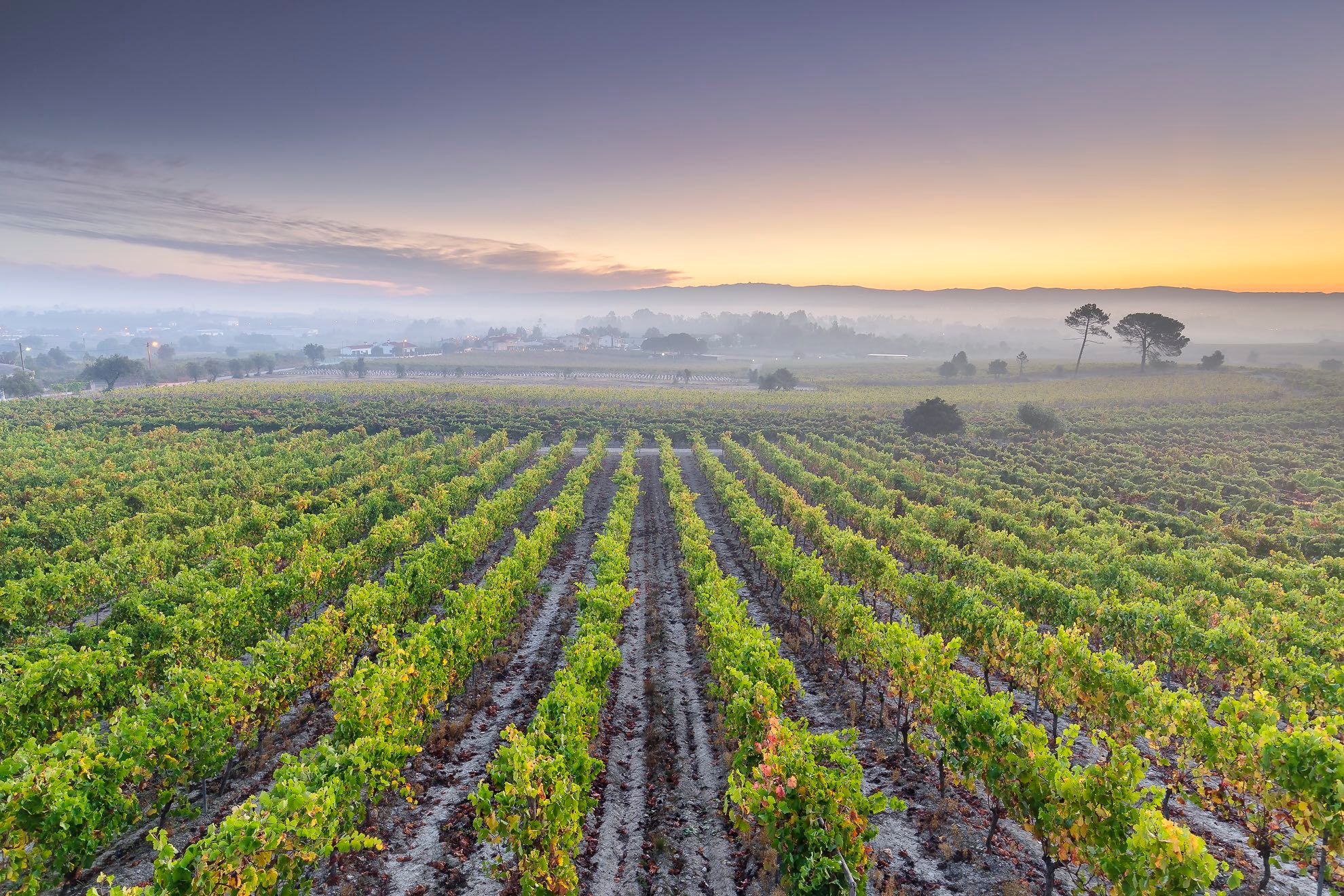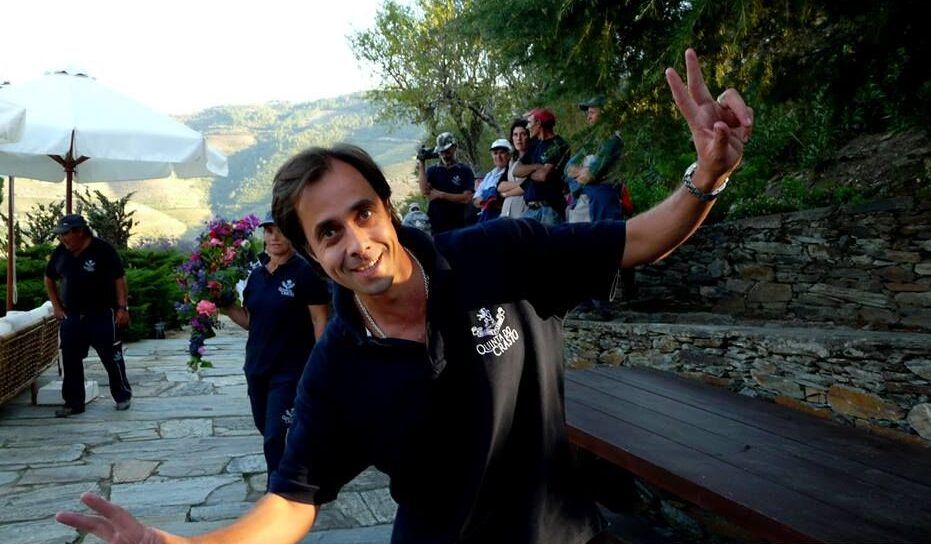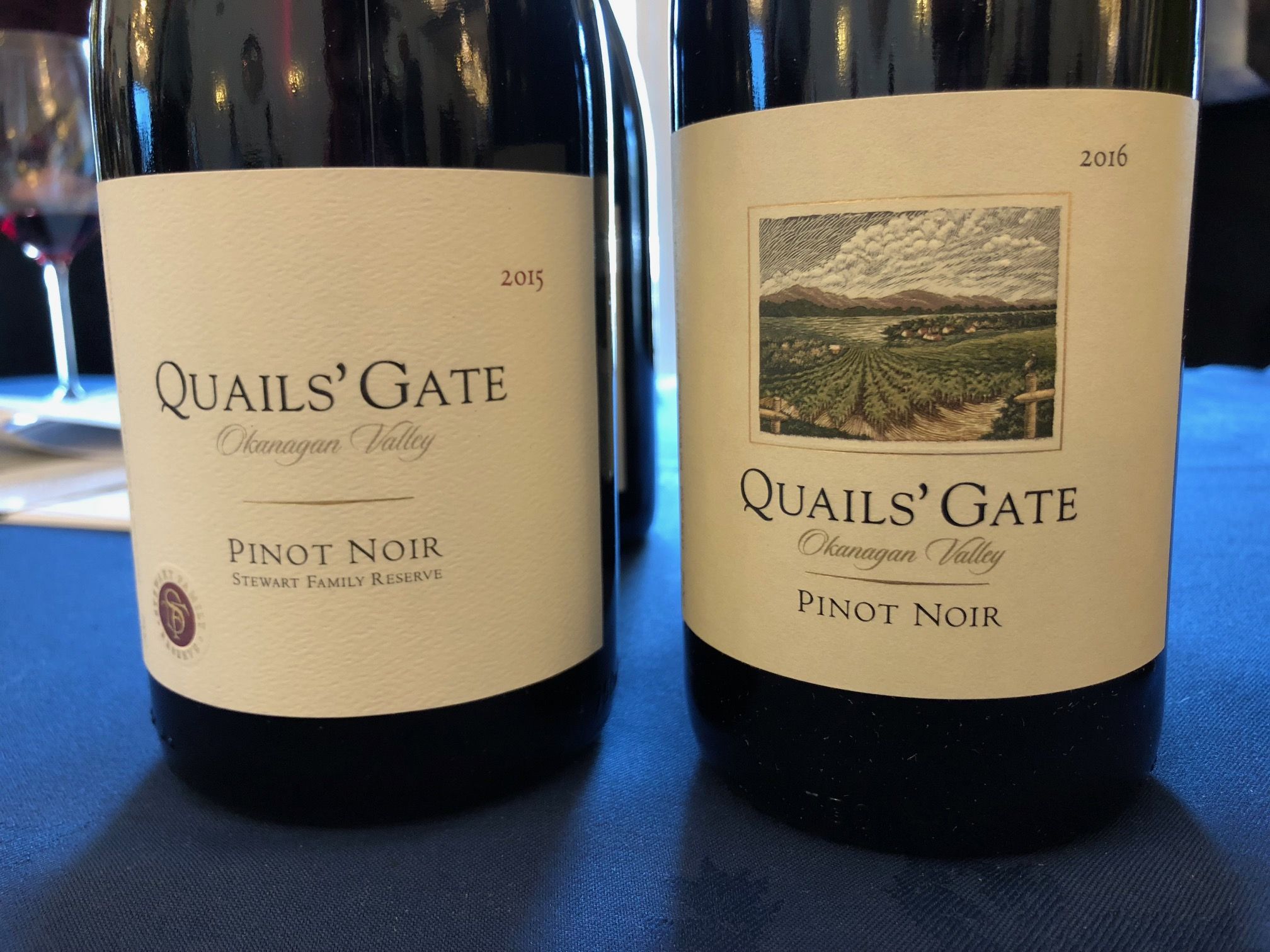Ask any aficionado of Portuguese wine what their favourite region is and invariably they will tell you Douro, Dão, Alentejo or - at a stretch - the large much improved Lisboa DOC. They will almost certainly not say Beira Interior, which is understandable because most of the wines made in this small 16,000 ha region, by its 70-odd producers, stay within Portugal.
But it’s also a shame because with vineyards typically 300-800 m above sea level and planted with 58 different varieties, with indigenous ones playing a big role, these are some of the most individualistic wines from this always fascinating wine-making country.

Beira Interior is a region with its fair share of very old vines
Beira Interior is one of the oldest winemaking regions in Portugal but only became an official DOC in 1999, one of the last wine regions to do so.
With mountains such as Estrela, Gardunha, Malcata, and Marofa cradling the vineyards, Beira Interior's microclimates vary dramatically, giving rise to three distinct sub-regions: Pinhel, Castelo Rodrigo, and Cova da Beira.
Temperatures can be dramatic, very cold and windy in winter and hot and dry in the summer with growers tending their grapes in wild, often forbidding granite-filled landscapes. It is these granite-based soils, interspersed with sandy areas, shale, and quartz veins, that imbue Beira Interior wines with such complexity and huge character.
“Altitude is the key to understanding our region; it is what gives the wines freshness and personality,” says Rodolfo Queiros, President of the Beira Interior wine consortium, pointing out that this is the highest wine region in Portugal.
The climate and the fact that winemakers stick to traditional techniques make Beira ideal for organic viticulture, and almost all producers practice this to some degree.
The region’s location is also significant. Positioned just west of the Spanish border, south of the Upper Douro, east of Dão and north of Alentejo, it remains very much its own place, sharing grape varieties with those regions (notably Touriga Nacional, Arinto and Tinta Roriz (Tempranillo) but boasting at least four of its own.
Amongst the Reds, look out for Rufete, a sort of elegant, rustic style of Pinot Noir, and Marufo/Mourisco, a more rounded, aromatic grape. Whites offer Siria (actually the same variety as Roupeiro in Alentejo) but given a sharper, fresher character here by the altitude; meanwhile Fonte Cal is more aromatic and rounded, lending peach and apricot notes to the wine. 60% of the wine from here is red, 40% white.
So what were the wines tasting like?
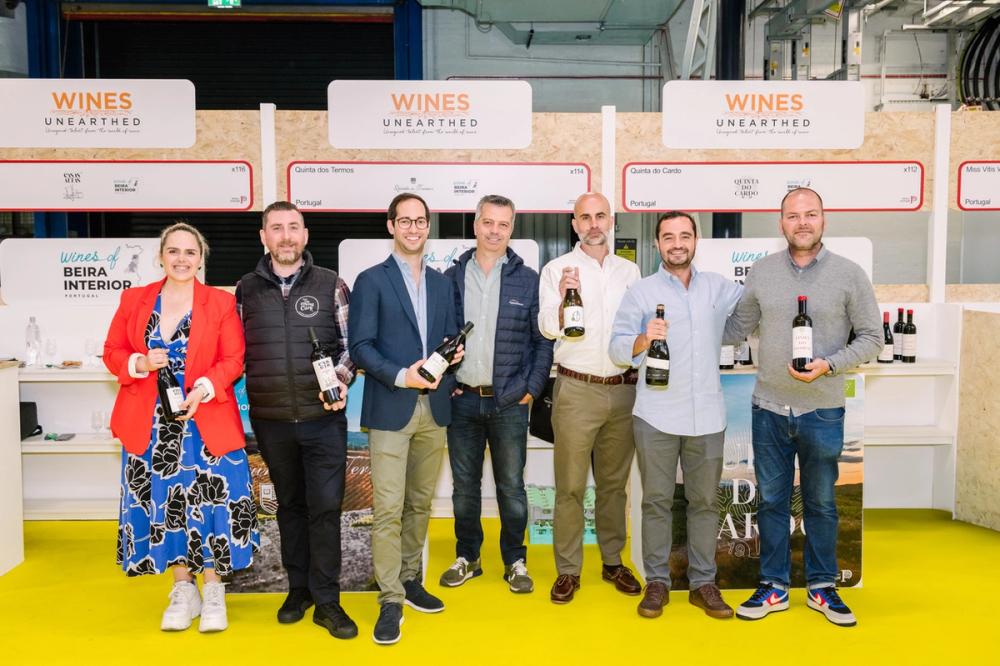
The five Beira Interior wine producers showing wines at the London Wine Fair 2024
Beira Interior producers keen to access the British market – a good one for Portuguese wine – attended the Unearthed section of the London Wine Fair. So what were they like?
First off, Almeida Garrett Wines, probably one of the best-known producers in the region (typically 150,000 bottles a vintage). If the name sounds familiar that’s no coincidence - Almeida Garrett (1799-1854) was one of Portugal’s best-known writers and poets, and statues of him adorn squares and streets across the country. The family was closely linked to Portugal’s royal family and fled for France when the country became a republic in 1910. Garrett’s descendants now run the winery and, although they produce wines from a range of varieties, their big thing is Chardonnay, clippings of which the family bought back from France.
I tasted two of the three they make, Folhas Caidas 2022 and the more complex, aged Folhas Caidas 2019 Grande Reserva; two very different but enjoyable wines reflective somehow of the name (Folhas Caidas means falling leaves), with the 2022 showing great balance and freshness but with a suggestion of autumn fruit on the palate. The 2019 - like its counterpart, made from early picked grapes, is oak aged for two years, leaving a rounded, full-bodied character.

Because of its interior location, many wineries still use traditional winemaking techniques
With a typical annual output of some 600,000 bottles, Quinta dos Termos is one of the region’s biggest producers. General manager Pedro Carvalho showed me two wines made from local grapes. The Fonte Cal 2022 (Termos was the first producer to make a single varietal wine from the grape) is a lovely fresh, unoaked wine, showing great varietal character, good acidity but not too much.
"We investigated 212 clones of Fonte Cal and narrowed them down to just 20, from which we will be growing our grapes going forward. We are very proud of this grape and think it gives great expression of the region," says Carvalho.
Equally enjoyable is the red Talhao da Serra 2021, made from 100% Rufete grown in a tiny two-hectare vineyard. With suggestions of red forest fruit and bramble this tastes not unlike a highly expressive rustic Pinot Noir, but with elegant smooth tannins supporting the fruit.
Different again is the Vinhas Velhas 2020, an old vine blend of Rufete, Jaen, Trincadeira and Marufo, and maybe some other grapes too - a classic field blend with suggestions of red fruit on the palate, this is medium weight, quite textured and sure to improve given more years.
Back in the late 1990s, Quinta do Cardo was the first organic producer in the region and a pioneer of single varietal wines, wanting to show grape expression rather than focus on the blend, as is more usual in Portugal. Cardo makes around 250,000 bottles and the profile is more premium than some other producers, with ancient vineyards at 750m giving great freshness and presence to the wines.
I loved the Vinha do Lomedo 2021, 100% Siria, quite lean, dry and fruity, with an unexpected salinity on the finish. I was less taken with the pricier Quinta do Cardo 2021, an oaked version of the Lomedo but somehow not as fresh and approachable, but loved the red Vinha do Pombal 2021, a distinctive 100% Touriga Nacional, dark and brambly on the palate, but with nice length, again showing the freshness you might expect from vineyards planted at 750m.
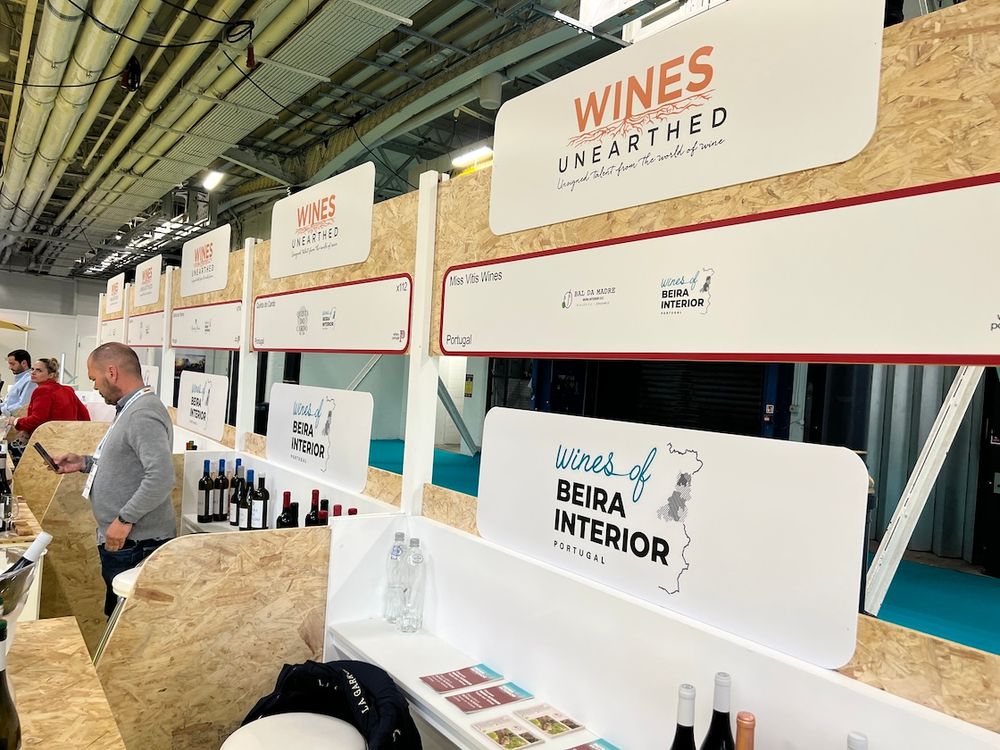
Setting up at the Wines Unearthed stand, London Wine Fair 2024
Making around 100,000 bottles and family-owned, Casas Altas is a different kind of producer, focused on Mosel and Burgundy varieties because the owner, a doctor,- is a big fan, but also making other wines. The Arinto 2021 showed very high acidity reflecting the granitic soils and the age of the vines – between 60-100 years old according to managing director Nuno Jorge. The Rufete 2021 was a good showcase for the variety, red fruit, 12.5%, a summer wine. The surprise here was the Riesling 2022.
“The climate, altitude and terroir are perfect for the variety. Although obviously we’re very different from Mosel, we are very happy with this,” says Jorge.
The last producer, Miss Vitis Wines was in celebratory mood - this morning it signed an agreement with Wanderlust Wines to import its wines into the UK. Result! I can see why - although it makes just 20,000 bottles of three wines, all are well made, Bal de Madre 2022 white is a lovely blend of 60% Siria, 30% Malvasia and 10% Fonte Cal, all grown in 700m altitude vineyards, quite rich and rounded; the rosé Bal de Madre is fresh, accessible and quite weighty, probably reflecting the 100% Touriga Nacional whilst the Bal de Madre 2021 red is an appealing, dry but aromatic blend of Rufete and Tinta Roriz, better known to you and me as Tempranillo. Three wines, all distinctive and worthwhile.
Much the same can be said for Beira Interior as a region. I visited some time ago and have memories of a wild and remote place, somehow apart, and tasting these wines brought back those memories.
Portuguese wine seems to be in a permanent state of flux – in a good way – with regions like Algarve and Tejo finding their niche when once they were regarded as ‘also-rans’ in a country which has such rich oenological offerings.
It’s interesting that the south-western part of Beira Interior borders the Tejo region; as both regions undergo their respective vinicultural renaissance, these two couldn’t have chosen a more distinct path from one another, with Tejo focused on a more value-focused, volume proposition and Beira Interior on a more individualistic, traditional one.
With consumers and importers increasingly focused on provenance, unusual varieties and traditional winemaking, we can expect to see more Beira Interior wines on our shelves soon.
